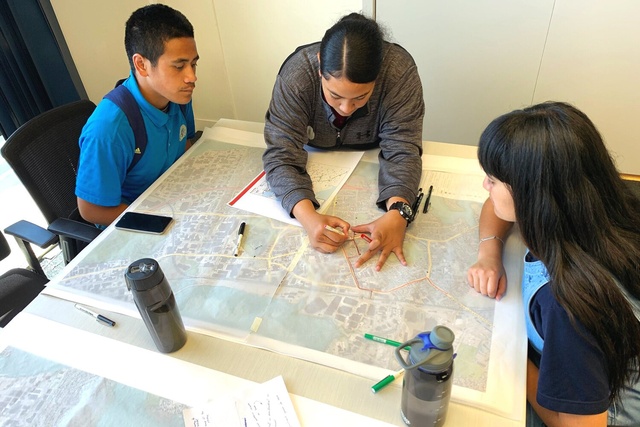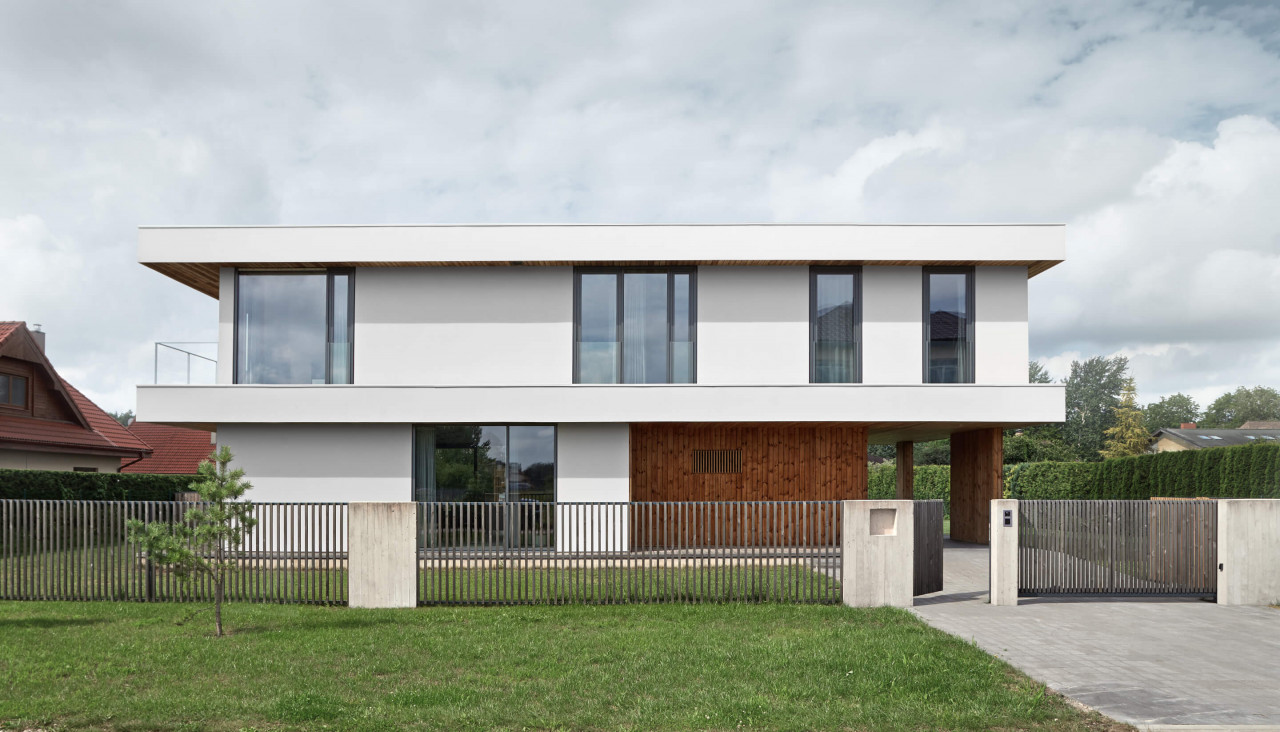[ad_1]
Work mapping Māori pā sites along the Waikato River during her He Maunga, He Tangata Māori design internship made Ahlia-Mei Ta’ala realise her future really did lie in landscape architecture. The project with Isthmus for the Raukawa Charitable Trust helped her understand working for mana whenua was what stoked her passion and filled her soul.
“In my (interior architecture) studies at Victoria University, I’d always wanted to engage with Te Ao Māori with the intention of working with mana whenua, whether it was my own iwi or just Māori in general,” Ta’ala said. “But, prior to the internship, I had limited guidance in this space – as Māori visibility throughout the built environment industry remains spread – and so I was quite lost in my search for wanting to pursue that.”
He Maunga, He Tangata Māori design internship is a two-year collaboration between Te Kaunihera o Tāmaki Makaurau: Auckland Council, Isthmus and Te Whare Wānanga o Wairaka/Unitec. The council’s Māori design leader Phil Wihongi says its intent is to provide the recipient with a range of experiences within a local government design environment and a leading design studio environment to complement the post-graduate studies they are pursuing at the same time. Ultimately, at the end of the internship the ‘graduate’ will be uniquely equipped from an employer’s perspective, with an edge that academic peers do not have to offer, he says.
Ta’ala’s parents encouraged her to apply after she completed her undergraduate study.
It meant forgetting about interior architecture – as the internship programme is for a Master of Architecture or Landscape Architecture – but Ta’ala has never regretted it. Now, at the end of the programme, she’s full of gratitude and enthusiasm for the path she’s been guided along, and those who helped show her the way.
“It’s been extremely valuable, giving me a grounded context of the industry and working with mana whenua,” she said. “I’ve been really fortunate with this internship to gain a rounded understanding of where we’re at, and exposure to different sides of the industry, local government and the private sector.
“It’s been an awesome two years.”

For the Te Kaunihera component of the programme she was placed in the Māori Design rōpu which is part of Council’s Urban Design Unit for two, six-week placements for each 12 month period of the 24-month internship programme. The role of the rōpu is to promote excellence in Māori design within a Tāmaki Makaurau context, with a particular focus on Te Kaunihera/CCO practice.
For the Isthmus Group component, she spent four weeks for each of the two years in the Auckland studio, working with designers on a mix of design and research projects across the landscape, urban and architectural realms.
And at Unitec, as well as studying, she contributed to the academic environment.
Ta’ala believes more programmes like this are needed around the country to encourage minority groups into design.
“A greater diversity of thinking, and a greater understanding of Te Ao Māori, tikanga Māori, and our history within the industry, can really help to develop stronger built environments and cultural landscapes throughout Aotearoa that reflect our history, relationships and current conversations around te tiriti and the treaty.
“Māori visibility in the industry remains limited, and so it doesn’t often reach our rangatahi. So, if you’re going through school and you’re not seeing Māori architects or landscape architects and designers then you’re not seeing that as a possibility for you. It’s not something that’s often promoted to us as something that we could be doing. But it’s really important for Māori to be in the built environment industry to help promote and develop that physical identity of us within our cities.
“I think internships like these really help to bridge that gap and develop stronger pathways for us within the industry.”
Ta’ala admits to finding it somewhat isolating when she was studying a Bachelor of Architecture at Victoria University. “I grew up in Tāmaki Makaurau in the Māori units at my schools. I was so used to being in Māori and Pasifika spaces. It was quite challenging moving from that into a predominantly pākehā environment. I struggled a bit with that transition.
“Unitec really changed my perception of the built environment industry with their commitment to te tiriti in their industry-focused coursework.
“Coming into the He Maunga, He Tāngata Māori Design internship, the Māori design network, and the work that I was exposed throughout the internship really guided my pursuit of Māori design and will have an everlasting influence over my future endeavours.”
This article was first published on the Landscape Architecture Aotearoa website, which is published by the New Zealand Institute of Landscape Architects (NZILA).
[ad_2]
Source link











